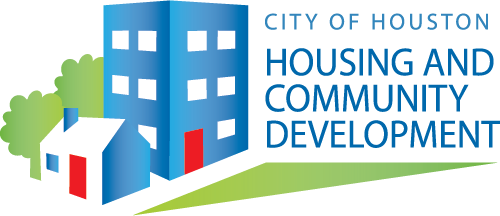Multifamily Development
In a city where over half of our population rents homes, we need to make sure we’re meeting their needs. HCD relies on community partners and developers to create affordable apartment units throughout the city. We give financial backing for developers to create new units, a portion of which must be held to lower-income people for affordability periods up to 40 years.
Information for Renters
Residents looking for available apartments to rent should refer to our rental assistance page. For rental and housing discrimination refer to our fair housing resources.
Rental Assistance Affordable Rental Housing Dashboard Fair Housing Tenant Rights HandbookInformation for Developers
The Department regularly creates Notices of Funding Availability (NOFAs) to select projects. Developers should also look to banks, investors, and private philanthropy for more funding. The latest requests were made through our Harvey Multifamily Program. Multifamily developers must also comply with city and federal compliance standards
Harvey Multifamily Program Upcoming Funding Opportunities Compliance RequirementsSubscribe to our email list to be notified about upcoming funding opportunities.
Documents for Tax Credit Resolutions
HCD gives Resolutions of No Objection and Resolutions of Support to support projects receiving 4% and 9% Tax Credits.
Most Recent Awards
In January 2020, a total of 20 projects were approved to receive Resolutions of Support for 9% Tax Credits.
View Projects